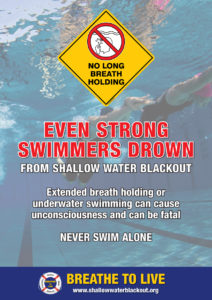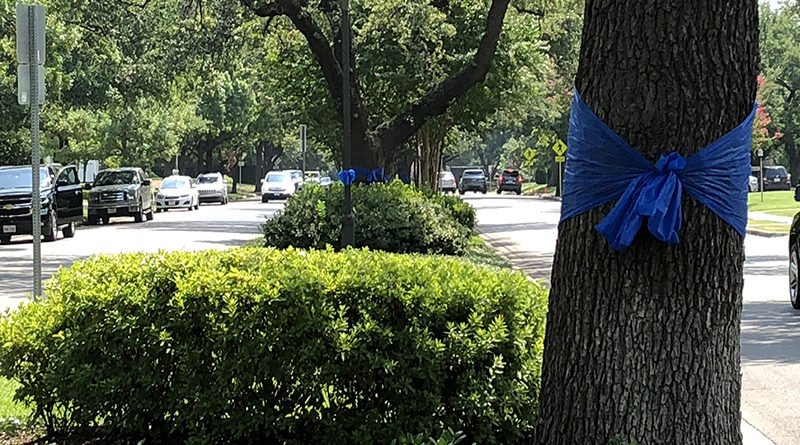A Deadly Underwater Game
Dillon McNeel Carter had wanted to go to Texas Tech, had wanted to become a U.S. Marine, and, on July 13, had wanted to see how long he could hold his breath underwater.
Nothing in University Park police and dispatch reports about his drowning suggests the 18-year-old recent Highland Park High School graduate had considered or understood how risky a game he and others were playing in a friend’s backyard pool.
Prolonged breath-holding can contribute to drowning for even the most accomplished swimmers but doesn’t get as much attention as pool fencing and supervision — safety measures needed to protect children ages 1 to 4, who according to the Centers for Disease Control and Prevention, have the highest drowning rates.
Still, the American Red Cross and the YMCA have issued warnings against a practice whose victims have included competitive swimmers and those going through certain military training.
The activity comes with an unexpected danger: Hyperventilation lowers carbon dioxide levels, so that they don’t trigger the urgent need to breathe, according to shallowwaterblackout.org.
“That often comes upon people shortly before losing consciousness, and obviously losing consciousness underwater can prove fatal,” explained B. Chris Brewster, a moderator with Water Safety USA and liaison officer for the United States Lifesaving Association.

Jennifer Pewitt, associate vice president for aquatics with YMCA Dallas, explained, “If you pass out underwater, you automatically gasp, and lungs fill with water. It’s almost impossible for someone to be revived at that point.”
Hospital staff treated Carter for days before he died on July 19.
Hyperventilation, while often associated with the taking of several deep breaths before submerging, doesn’t have to occur that way, said William Ramos, a member of the American Red Cross Scientific Advisory Council.
Playing vigorously and other activities can put someone in a hyperventilated state, he said. “The average person might not know to be aware of that heightened state of breathing.”
In Carter’s case, alcohol also was involved as he, his twin brother, and at least five others, ages 17 and 18, hung out unsupervised at a home in the 2700 block of Hanover Street and got beer from a refrigerated keg installed on the back porch.
Witnesses indicated Carter had been there for more than two hours and had a couple of glasses.
Nearly 80 percent of those who die from drowning are male, and among adolescents and adults, alcohol use is involved in up to 70 percent of drowning deaths, the CDC reports.
Alcohol use poses a danger to those who are in or near the water and compromises those who may be supervising a pool and need to react in an emergency, Ramos said.
“When people are drinking alcohol, we know it impairs your balance, your coordination, your ability to make rational decisions.None of those bode well with being around water and safe in water.”










Pingback:YMCA Provides Summer Swimming Safety Tips for Parents | People Newspapers